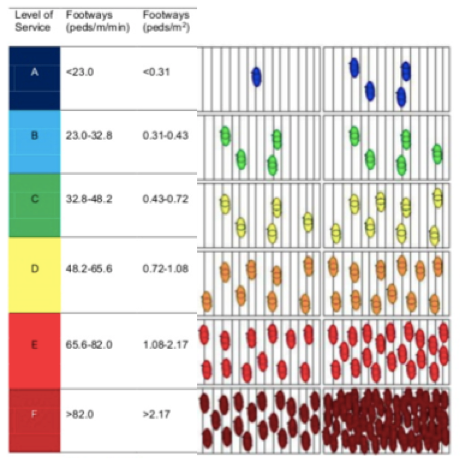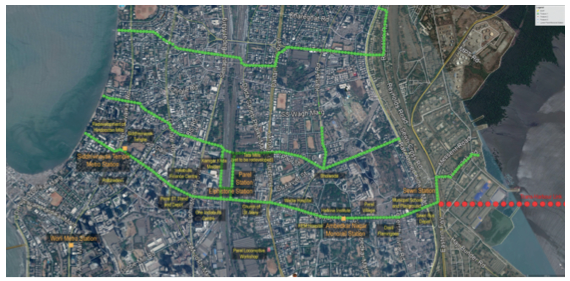The Mumbai rail stampede was waiting to happen. Here’s how we can prevent a similar tragedy
by -
This piece was originally published on scroll.in.
Friday’s stampede at the Elphinstone Road railway station in Mumbai was a tragedy waiting to happen. I speak from my own horrifying experiences of being stuck in dense queues at Lower Parel and Currey Road stations in midtown Mumbai. Around 30,000-40,000 people alight at Elphinstone Road and Lower Parel during peak hours. The numbers are similar for Dadar, Parel and Currey Road. But the platforms and staircases at these stations, and the colonial-era steel bridges outside, are not designed to support such heavy footfall.
The Railways have done a decent job improving conditions on Mumbai’s local trains over the last decade, introducing 12-car trains, redesigned coaches and better ventilation. Now there is also talk of air conditioning the trains. However, upgrades to platforms and staircases have been limited, and restricted to a few stations such as Andheri, Dadar, Vile Parle. Even those are not up to the mark.
What happened on Elphinstone Road station’s staircases on Friday could easily happen on any of the approach roads to the stations listed above. A fair share of the blame for this should go to the developers of mill lands on which midtown Mumbai’s new office district has sprung up. They opposed architect Charles Correa’s plan to pool mill land and use a third of that space for creating public utilities such as better roads and footpaths.
Still, tragedies like this stampede can be prevented. This is what we need to do:
1) Immediately increase the capacity of staircases, platforms and ticket counters at Mumbai’s railway stations. These facilities should be designed to service peak demand at each station. The table below shows the standards used to grade capacity of platforms and staircases or walking facilities as per Fruin Level of Service. Most of Mumbai’s stations operate at the “F” level of service or worse during peak hours and need immediate improvement. Also, wherever possible we should create concourse areas where people can meet, congregate or wait if it’s raining.

2) Provide dedicated facilities such as sidewalks for passengers entering and exiting stations. Again, these facilities should be designed to handle peak-hour demand. One way of creating this capacity for the high-demand central Mumbai stations of Dadar, Elphinstone Road, Lower Parel, Parel, Currey Road is to lay an elevated walkway network connecting all these stations and destinations from Worli in the west to Sewri in the east. The image below shows the possible routes for these walkways, which could be modelled on New York’s famous High Line.

3) India is laying 300 kilometres of metro rail but under-designing the staircases, platforms and ticketing areas for it. The Delhi Metro is a prime example of inadequate support facilities. This stampede should be a wake-up call. Future metro networks should be opened only after ensuring their support facilities are adequate as per the Fruin Level of Service or an equivalent standard.
The tragedy at Elphinstone Road station clearly shows that we treat people who take public transport as second-class citizens; we provide them sub-standard facilities. This has to change, and all of us have to fight to bring this change about. We need to build a memorial to the people who died in this stampede. Mumbai should be a city where people are encouraged to walk or take public transport, and not get killed for doing so.


